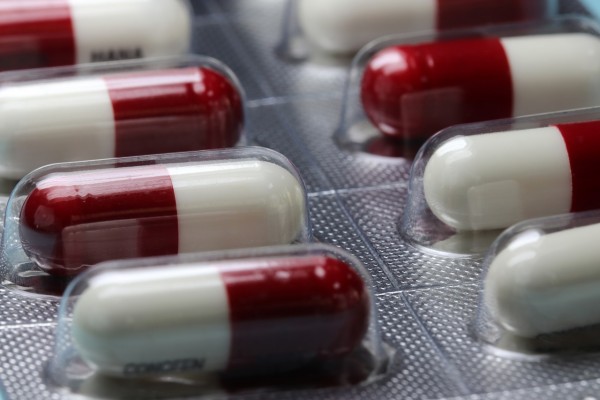
The public depends on many medicines to keep them healthy. That dependence requires trust. When a medicine is found to be ineffective or unsafe, it damages that trust. This results not just in negative effects on a pharmaceutical company's business, but in negative effects to the well-being and treatment of all people. Because of this, safe practices in pharmaceutical development and manufacturing are as crucial for society in general as they are for an individual company's bottom line.
National & global regulations
A major reason why the pharmaceutical industry is one of the safest in the world is because it is also one of the most tightly controlled and heavily regulated. The development and manufacturing of medicine is regimented not just by individual company policy, but by a number of government watchdog groups both federal and international.
For instance, in America the industry is directly overseen by the Food and Drug Administration (FDA). Meanwhile, both individual drug companies and the FDA itself are in turn monitored and advised by the World Health Organization (WHO), which works to coordinate and standardize regulations across multiple countries. While each country has its own regulatory body with its own laws, WHO helps ensure that pharmaceutical companies in Rhode Island follow the same safety practices as those in Sri Lanka, and vice versa.
Proactive microbial monitoring
Being a meticulous composite of various chemicals, any (and every) individual medicine on the market is actually a surprisingly delicate thing. Even the smallest manufacturing mistake can alter how a drug works, resulting in decreased efficacy, increased negative side effects, or even death. But the possibility of corruption is not limited to instances of manufacturer error. Just as dangerous, and thus just as closely scrutinized, is the exposure of a drug to harmful microbes.
Drugs work on a microbiological level. Therefore microbial contamination is an ever-present concern. While testing can reveal if a batch of medicine has been contaminated, thus allowing a company to dispose of it before distribution, it is both safer and more cost-efficient to prevent contamination in the first place. That's why drugs, as well as the chemicals and equipment that make them, are stored and assembled in sterile environments with multiple levels of disinfection and access restriction to better insulate them from microbial exposure. Heat and radiation may also be used to further purify certain drugs.
A rigorous drug testing process
Whenever a pharmaceutical company seeks to introduce a new medicine to the market, it must go through a long, thorough, and expensive testing process. The arduousness of this process is itself a method of encouraging safer development practices. It dissuades drug companies from applying without significant enough research that they are confident they will receive approval. From a business perspective, anything less represents a huge financial risk.
Most drugs are researched and tested for a period of 10 to 15 years before ever coming to market. Such tests measure both efficacy and safety, requiring long-term human trials to accurately gauge potential side effects. A medicine's effectiveness in treating a certain condition is classified as its "indication." Upon approval, companies can only advertise the product for the treatment of its specific indications. Receiving multiple indications for multiple conditions a drug could potentially treat requires multiple rounds of the same rigorous testing process.

